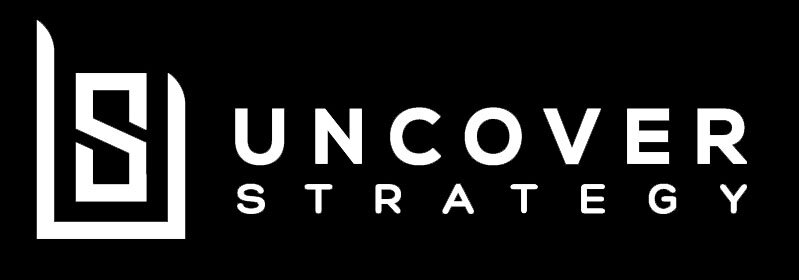Here's What Really Matters With Emerging Technologies
Relationships.
“It’s going to be interesting to see how society deals with artificial intelligence, but it will definitely be cool.”
Game Changers
As suggested by my supervisor, I recently read through a 2019 digital strategy article with a smile (yes, I can smile reading a science paper). In the article, the authors argue several important characteristics regarding new technology that is fundamental to the way we might need to view it today.
Prep your mind and read the three biggest changes in emerging technology fresh from the science press below.
1.Representation
This is pretty much level one.
Remember LP records? Yes, you are right. I am talking about those big, round black discs that seem to have taken over some people’s living rooms back in the day. My dad certainly has a big collection up in his attic that he refuses to sell, despite the fact that there is no device that could actually play these anywhere in the house.
He now uses my Spotify account (Spotify, please look away at double account use) with me. And he still listens to some of those old records he has up in the attic. Just in digital form.
I know what you are saying—basic. And in today’s age, it is. Everything is digital, gone are the analog days (mostly). But it is essential to consider that this was not always the case.
Coming from this view, it is significant to see that data is not only represented differently but is also collected differently. Take IoT for example. The “Internet of Things” promotes connectivity of everyday items. This means that much more data can be generated, needs to be stored and most importantly needs to be made sense of.
The shift: The “making sense of” is a type of shift that requires less and less human interaction.
2.Connectivity
Ready for level two?
Are you sending a postcard to a friend? This enables you to send information to one person. Placing the same photo and text on Facebook? Now you got a bigger crowd.
Digital technology enables greater connectivity. Nowadays, as outlined by the author of this paper, we see devices being shipped from “connectivity-on-demand” to “connectivity-by-default).
That TV you bought yesterday has no Ethernet or Wi-Fi? What can you even do with it now?
This TV in the “luxury” desert hotel of the Siwah Oasis in Egypt wasn’t really useful. But not because it had no internet.
Source: Simon Beuse, 2017, Egypt
The shift: We see a higher number of possible interactions, however, these connections create “information overflow” and the importance of filtering or ignoring information has become more important.
3.Aggregation
Okay, here comes the real deal. Level three.
What really is astounding is the fact that through continuously lower cost favoured by digital representation and connectivity, data aggregation and interaction is on the rise. So what? What does this actually mean? It means that aggregating all that data is now possible, and that helps you create a more sound picture of individuals or other objects. The author describes it as “A qualitative shift arises from the ability to combine previously disjoint data (e.g., location, search query, and social network) to answer questions that were formerly impossible to address”.
This can be good or bad. One example is driver-scoring apps for insurance purposes. These apps, once installed on your phone, gather data regarding your driving speed, braking behaviour and more and transform them into an overall score. Have a good score? You can save on money for car insurance. Not a calm driver and kinda got a bad score? Sorry bro, you have to pay full price (you might see issues with this approach).
Want to save on insurance in the UK? Consider loading this app onto your phone (if you think you are a good driver with little data concerns).
Source: App Store, Apple, 2022
The shift: We see a qualitative shift towards aggregating prior disjoint data allowing for more comprehensive understanding of humans, objects and our world.
Quantitative -> Qualitative
So what?
Lastly, the author concludes in the paper, there are interactions. What does this mean? It means that through the three levels mentioned above we enter a positive feedback loop. Representation is reinforcing connectivity, reinforcing aggregation. For example, people being available on the net, then in a network, then aggregating data reinforces more people joining the platform. And so on and so on.
Summing up: The shift is qualitative. We need to think more in terms of relationships. Not isolated, siloed technologies.
We are moving away from numbers and statistics that require the need for human involvement. And are going into the inevitable direction of lower overall systems costs, with better data and ultimately, decision and system help that is somewhat allowing to process and aggregate the insane amounts of data that a human brain never could.
Can you think of applications you use today that help you make decisions or how this shift could unfold in your daily life?
Let me know in the comments or reach out directly—I am excited to hear from you.
References




